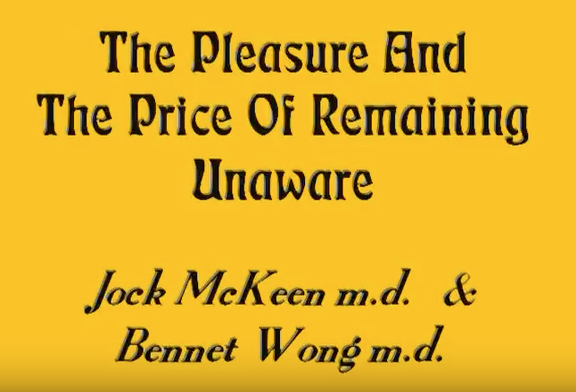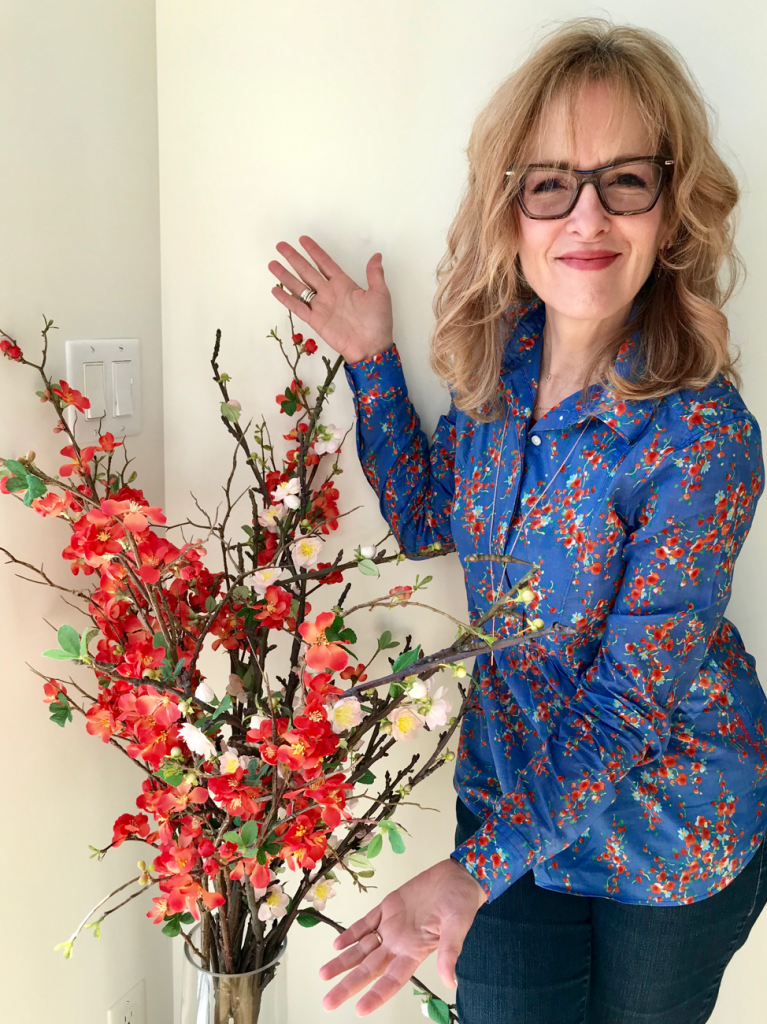Life Examined – The Progoff Intensive Journal Process
By Ellery Littleton
This article presents a summary of some of the basic ideas of Ira Progoff’s “Intensive Journal Process,” and includes a very brief outline of one of his extensive journal-writing exercise cycles: 12 Entries.
Ellery writes: “The first Intensive Journaling workshop I attended in 1981, was two weeks long, 9 to 5, five days a week. At first, I didn’t think I could possibly write about myself for two weeks; at the conclusion of the workshop, I realized I had barely scratched the surface.”
Ellery Littleton teaches several programs at The Haven. His next is Writing up a Storm: Haiku, March 6–7.
***
Long before there were analysts’ couches, encounter groups, gestalt, bodywork, and the myriad other approaches to personal growth and transformation, people who wanted to search for meaning and perspective in their lives often wrote their thoughts, feelings and dreams in a journal.
Particularly among creative people – from Leonardo da Vinci to Anais Nin – journal-keeping has historically been a vehicle for releasing tensions, resolving conflicts, working through crises and connecting with the intuitive inner self – the “person within the person,” as philosopher/psychologist Ira Progoff described it, who can be the source of so much sound guidance and wisdom – your best counselor and spiritual advisor, in fact.
Progoff, who died at age 77 in 1998, was the godfather of the contemporary journal-writing movement, which has blossomed incredibly in the last couple of decades. His best-known book, At a Journal Workshop (1975), is the basic text and guide to the application of what he called the “intensive journal process.” It still stands as the best, most complete work in the entire ever-expanding library of journaling guides. It is rather like the King James Version of journal-writing books – long, complex and challenging – the source of many of the most enduring and useful concepts in the field.
Writing in a journal about one’s ideas, feelings and experiences is almost always useful, “but an unstructured journal usually just goes around in circles,” Progoff said. “To become a valuable tool of psychological self-care, a journal needs a design that will help a human being answer the question ‘What is my life trying to become?’ “
A student of Carl Jung, Progoff was committed to the adaptation of humanistic Jungian ideas to the process of journal-writing, and began by encouraging journal-keeping among his private patients in the 1950s to help them “sort out their lives.”
Over the years, these rudimentary journals evolved into the sensitively-structured, multi-layered, cross-referencing set of notebooks which now form the basis for Intensive Journal Workshops, offered across North America and around the world by the New York-based Dialogue House, established by Progoff in the 1960s. Each workshop participant receives a specially-organized looseleaf notebook, which leads them through specific writing guidelines. The process is designed to help people “tap into the underground stream of their interior lives to work out their beliefs, find answers to problems and deeper meaning in their existence.”
“It’s a highly useful, practical method, leading to some profound insights,” Progoff said, “but it’s not a self-concerned approach because the answers usually lie in connection with finding meaning in – and connection to – something larger than one’s self.”
Intensive journal workshops encourage individual privacy, although people are periodically invited to read portions of their journal, so they can experience the emotions that surround reading their entries aloud. No judgments or analyses are invited. “I try to help people get over the habit of constantly judging and diagnosing themselves and others,” Progoff said, “and look at things objectively as they are. The workshops provide a place where you can sit quietly to let the muddy waters of life settle and clarify themselves.”
This atmosphere of meditative silence provides an environment which helps people search deep within themselves, and tune into a larger awareness. “At deep levels within us we know more than we are aware of,” Progoff frequently stated. “The process helps people open themselves to this non-intellectual perception, which draws them fully into their own life story.”
12 Entries
To organize an “intensive journal” based on Progoff’s method, divide a looseleaf notebook into 12 sections. Begin by making entries in the first four sections. Then make entries in other appropriate sections as thoughts and insights arise. Log the date and time of each entry.
Approach the exercise slowly; and once into it, allow lots of time for contemplation and revision. The archetypal Jungian terminology has a way of stirring deep feeling and memory. Allow the process to stretch over several days, or longer, if necessary. You can return to the notebook, and its different sections, again and again over time, expanding and deepening your process of self-observation and awareness.
1. Period Log. Begin by writing “It has been a time in which,” and describe inner and outer events that come to mind about the most recent period in your life. This helps you place yourself within “the rhythm of time.”
2. Twilight Imagery Log. Sit quietly, with eyes closed, and let yourself feel the content of the period just described. Relax and let imagery, impressions and symbols form in your mind. When you are ready, record them. This gives you an interior perspective on your life.
3. Steppingstones. List about a dozen key points that have occurred throughout your life. Select meaningful emotional, physical, occupational and relational milestones. This gives you a sense of continuity and a picture of your life as a whole. Be open to surprises.
4. Intersections: Roads Taken and Not Taken. Select one steppingstone that marks a time when you made an important choice (avoid the most recent). Begin by writing “It was a time when,” and record your impressions and recollections. This may help you sort out unresolved issues, since “things we regret don’t die – they go underground.”
5. Life History Log. Read your “intersections” entry and let it stir specific memories – in detail – about that period. This is a place for collecting past experiences without judgment or interpretation.
6. Daily Log. Think back over the past 24 hours and trace moods, concerns and thoughts. This is an ongoing record of what is happening to you, and an important way to track your awareness. Avoid judging yourself. In the seeing comes the understanding.
7. Dream Log. Jot down dreams as you recall them – without analysis or interpretation. Dreams often contain valuable information about our life, but awareness takes time to surface.
8. Dialogue with Persons. Pick someone – living or dead – of inner importance to your life. Write a statement describing where the relationship is, then list their life steppingstones. Read the entry and record whatever it stirs in you, beginning with the statement, “As I consider your life I feel …” Write the person’s response and continue the dialogue. Let the dialogue script form itself; say what needs to be said; listen carefully. This process can help dramatically to clarify relationships, and is one of the most moving and rewarding exercises in the entire journal-writing tool kit.
9. Dialogue with Works. Pick an activity you care about, and write down your thoughts and feelings about your relationship to it. List the steppingstones in the life of this work as if it were a person; speak to it and let it respond. Read over the dialogue and record your reactions. This helps clarify your relationship to work.
10. Dialogue with the Body. List some remembrances of bodily experiences throughout your life – such as times of strength and accomplishment, illness, sensuality, athletics, food and drug use. Read over the list and write what stirs within you. Let your body speak. This helps you connect with your physical experience. Dialogue with the body, a part of the body, a symptom, a condition, a feeling.
11. Inner Wisdom Dialogue. Pick a person you consider wise – a teacher, counselor, parent, author, spiritual figure. Imagine that person’s presence, speak to him or her about your concerns and record the discussion. This can lead to important behavioral and spiritual insights.
12. Now: The Open Moment. Briefly state a vision, prayer or plan for the next period or stage in your life. This will help you focus on where you are going, sometimes with intense emotional clarity.
Ellery Littleton teaches several programs at The Haven. His next is Writing up a Storm: Haiku, March 6–7.




